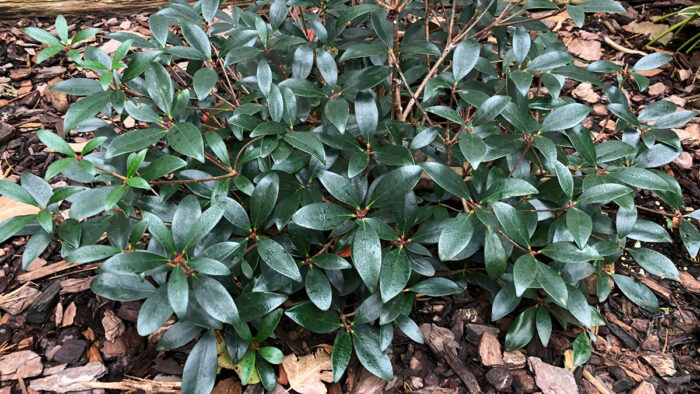
Broadleaf evergreens such as southern magnolia (Magnolia grandiflora and cvs., Zones 6–10) are a welcome sight in winter, adding color to the dormant landscape. These plants, however, are often susceptible to winter damage. Winter on the Southern Plains is characterized by wide fluctuations in temperature, prolonged dry periods, and drying winds that can damage broadleaf evergreens in addition to magnolias such as boxwood (Buxus spp. and cvs., Zones 5–9), hollies (Ilex spp. and cvs., Zones 4–11), fringe flowers (Loropetalum chinense and cvs., Zones 7–9), mahonias (Berberis spp. and cvs., syn. Mahonia spp. and cvs., Zones 5–11), and laurels (Prunus spp. and cvs. Zones 5–9). You can keep winter damage to a minimum through careful plant placement and simple plant maintenance practices.

Preventing broadleaf evergreen winter damage
The primary cause of winter damage to broadleaf evergreens is desiccation, which results in winter-burned foliage. Damaged foliage appears reddish brown, yellow, white, or grayish green in color. Broadleaf evergreen plants are more susceptible to the drying effects of wind than needled evergreens because their leaves lose moisture at a higher rate. Water loss is exacerbated when high winds or temporary warm weather causes a plant to give off an unusually high amount of moisture. When this occurs during periods when the ground freezes, plants are unable to take up moisture from the soil. Unfortunately, we cannot control the weather, but we can protect plants for desiccation.

Properly irrigated plants stand up better to winter conditions
Maintaining plant health throughout the growing season encourages greater resiliency to winter damage. Proper watering is critical, both during the growing season and in the winter months. Water shrubs during dry periods throughout the year to ensure that plants enter winter in a healthy condition. Continue irrigating as the weather cools. Many people stop watering when fall arrives. Unless rainfall is sufficient, broadleaf evergreen plants need supplemental irrigation at least once per month during the fall and winter months to keep soil moist and plants healthy. Water plants at midday when air temperatures are above 40°F.
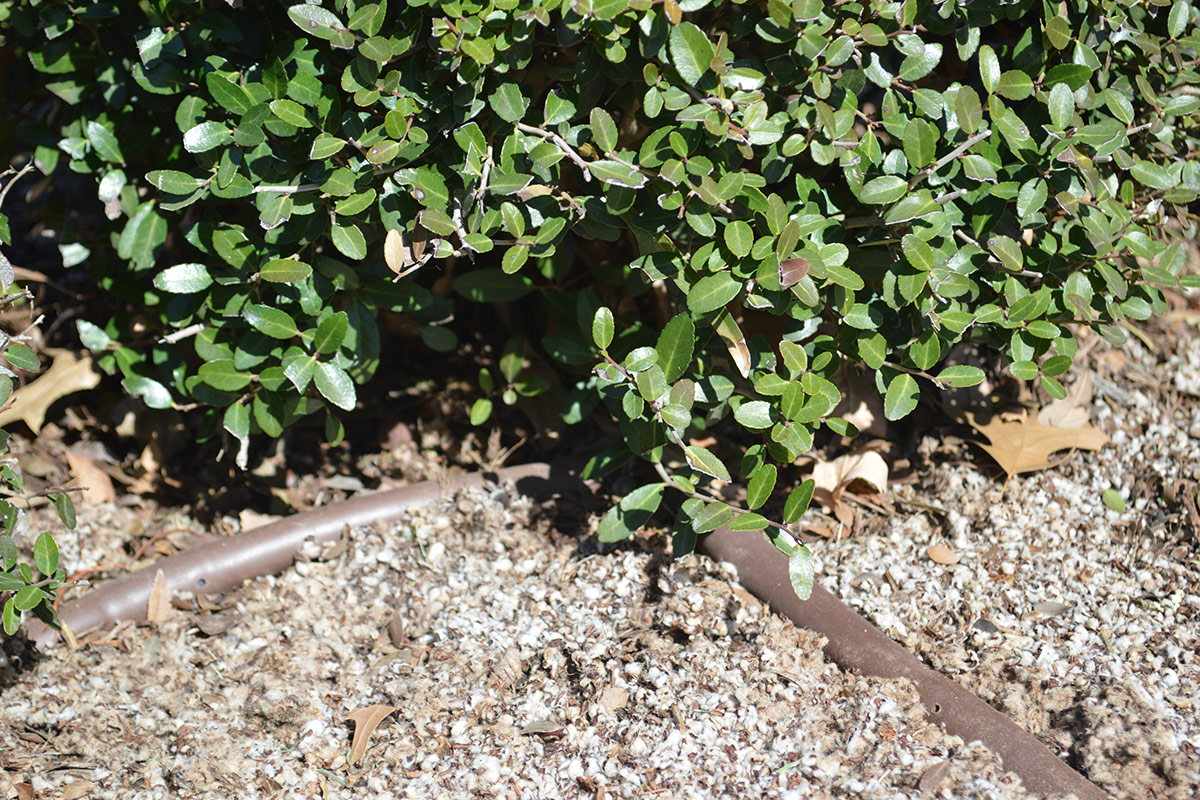
Not only does soil moisture replenish thirsty foliage, but it also protects plant roots during cold snaps, as moist soil holds more heat than dry soil. This is true for all the plants in your landscape, not only broadleaf evergreens. Watch the weather forecast, and be sure to irrigate all plantings at least 24 hours before hard-freezing weather arrives. Keep an eye on plants under eaves and in containers, which tend to dry out faster than other areas of the landscape.
Pruning and fertilizing at the wrong time of year leads to winter damage
It is also important to prune and fertilize at the proper time of year. Fertilizer applications made late in the growing season encourage new growth that does not have time to harden off before the winter. The same is true of pruning. Heavy pruning late in the summer can cause new growth that will enter the winter in a tender state. Most broadleaf evergreens require little pruning. When necessary, prune in late winter just before new growth starts in the spring or after flowering for spring bloomers.
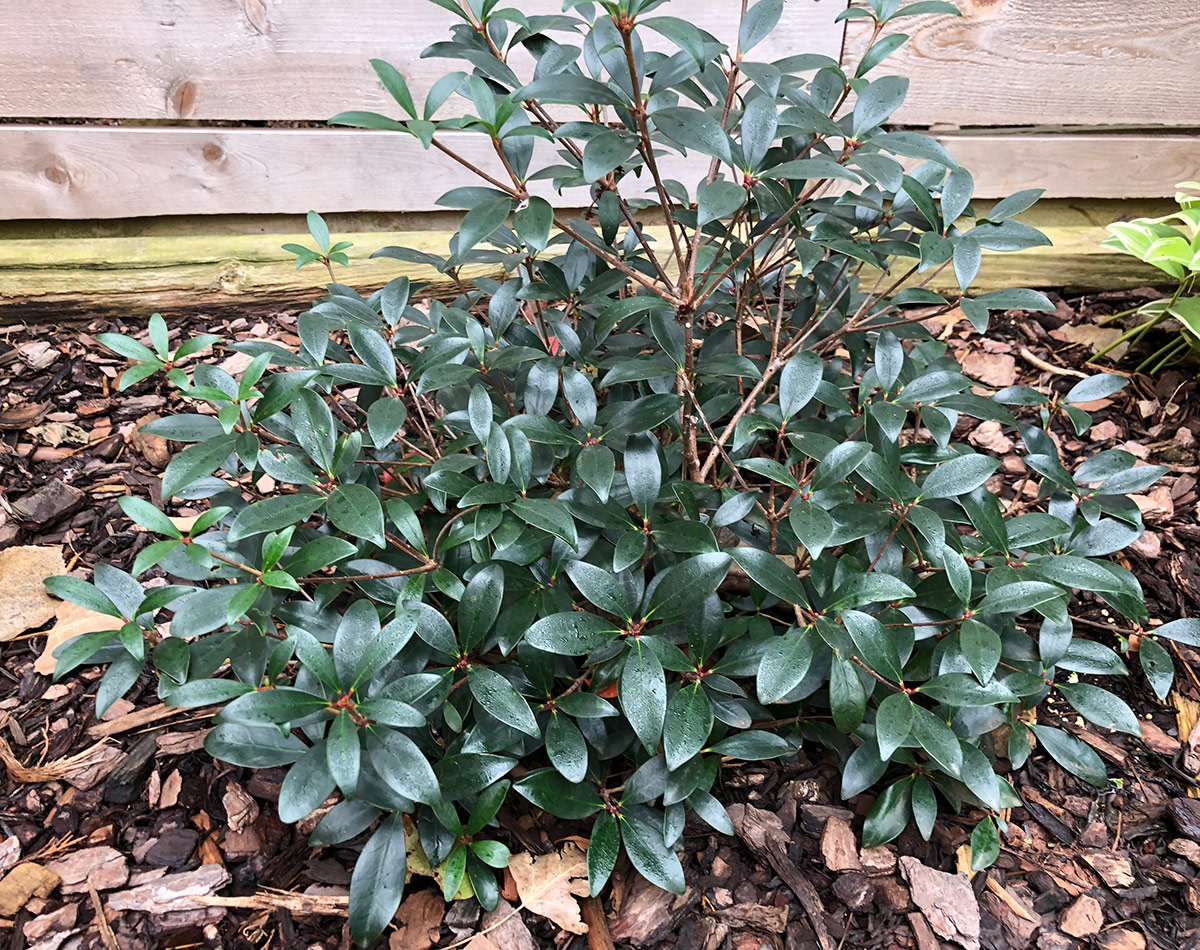
Protecting plants from wind and cold is worth the extra effort
A great deal of winter damage can be avoided by properly siting sensitive plants in the landscape. Boxwoods, for example, are notorious for winter burn. Planting these shrubs in areas protected from drying winter winds will go a long way toward preventing damage. Place sensitive plants on the east and south sides of buildings or behind a sheltering fence. For plants already established in windy locations, a temporary wind break can be used. Set snow fences or burlap stretched between stakes or over a lattice frame on the north and northwest sides of plants to shelter against winter winds.
Winter plant protection starts at the ground. Mulch broadleaf evergreens with a 2- to 4-inch layer of woodchips, pine needles, leaves, or other mulch to preserve soil moisture and moderate soil temperatures. Apply mulch after the first hard freeze. This protective blanket also solves another winter problem: heaving soils. Caused by alternate thawing and freezing as temperatures warm during the day and drop at night, heaving is not a problem for most shrubs, but it can lift shallow-rooted perennials and newly installed plants out of the ground.
It is important to note that USDA winter hardiness ratings are not a guarantee against winter damage. Hardiness describes a plant’s ability to withstand cold temperatures. Even the hardiest shrubs are susceptible to the drying effects of winter winds. Take care to maintain plant health and be extra vigilant in the fall and winter months, when the rest of the garden is going to sleep, to keep an eye on evergreens.
—Kim Toscano is a horticulturalist based in Stillwater, Oklahoma. She previously hosted Oklahoma Gardening, a weekly PBS television program produced by the Oklahoma Cooperative Extension Service.
Photos: Kim Toscano



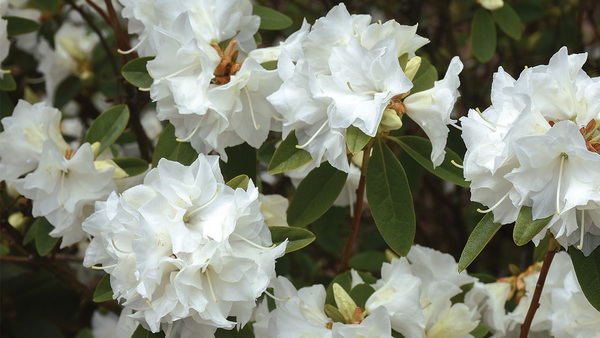
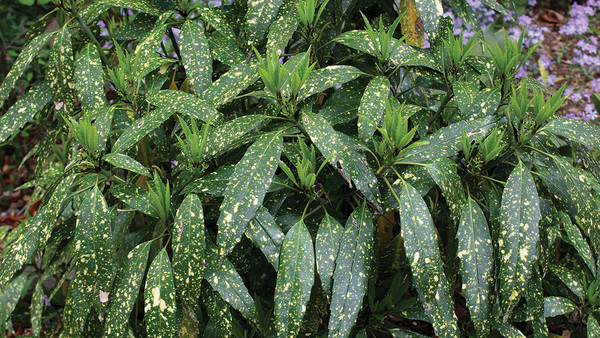













Comments
Log in or create an account to post a comment.
Sign up Log in